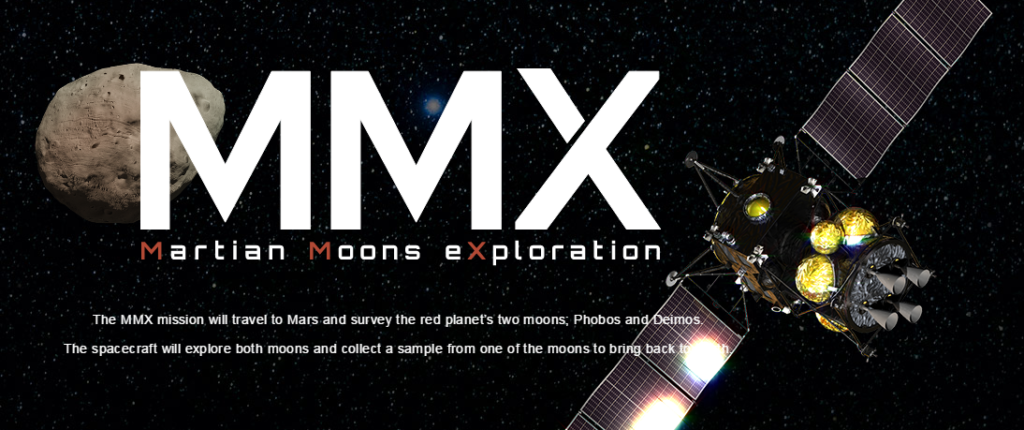
Mission to travel to Mars and survey the red planet’s two moons; Phobos and Deimos.
The spacecraft will explore both moons and collect a sample from one of the moons to bring back to Earth.
JAXA, Japan’s national space agency, has just approved a robotic mission to visit the Martian moons Phobos and Deimos and retrieve a small sample from the former to bring back to Earth.
The mission plan: It’s called Martian Moon eXploration, or MMX. JAXA currently plans to launch MMX in 2024 and make it to the Martian system the following year. MMX will spend three years in the system studying and mapping the moons. The mission will make use of 11 different instruments, including a NASA-funded instrument called MEGAE that will measure the elemental composition of both bodies (perhaps revealing signs of ancient water).
The mission will also deploy a small rover to zip around the surface of Phobos, not unlike what JAXA’s Hayabusa2 mission deployed on the surface of the asteroid Ryugu.
Bringing home the Phobos dust: This is the mission’s marquee event. The four-legged MMX will attempt to land on Phobos and scoop up at least 10 grams of material from the surface, using a geological core sampler that can dig at least two centimeters deep.
It may seem a long way to travel to come back with such a tiny piece of the Martian system, but it’s actually a hundred times more material than Hayabusa2 is bringing back from Ryugu. If MMX is successful, it will return to Earth in 2029, completing the first round-trip mission to Mars and back.



